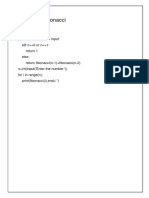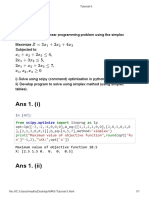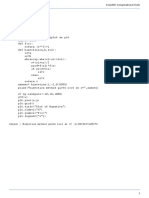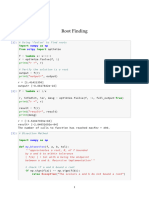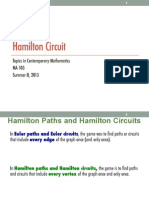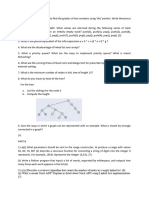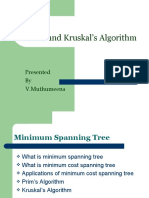0% found this document useful (0 votes)
23 views10 pagesMATH Lab Final Code
The document contains various Python functions for numerical methods, including Lagrange interpolation, bisection method, false position method, and Newton's interpolation. It also covers matrix operations for relations, graph coloring using the Welsh-Powell algorithm, and the Floyd-Warshall algorithm for shortest paths. Additionally, it includes forward and backward difference methods for interpolation.
Uploaded by
gassa8059Copyright
© © All Rights Reserved
We take content rights seriously. If you suspect this is your content, claim it here.
Available Formats
Download as PDF, TXT or read online on Scribd
0% found this document useful (0 votes)
23 views10 pagesMATH Lab Final Code
The document contains various Python functions for numerical methods, including Lagrange interpolation, bisection method, false position method, and Newton's interpolation. It also covers matrix operations for relations, graph coloring using the Welsh-Powell algorithm, and the Floyd-Warshall algorithm for shortest paths. Additionally, it includes forward and backward difference methods for interpolation.
Uploaded by
gassa8059Copyright
© © All Rights Reserved
We take content rights seriously. If you suspect this is your content, claim it here.
Available Formats
Download as PDF, TXT or read online on Scribd
/ 10






